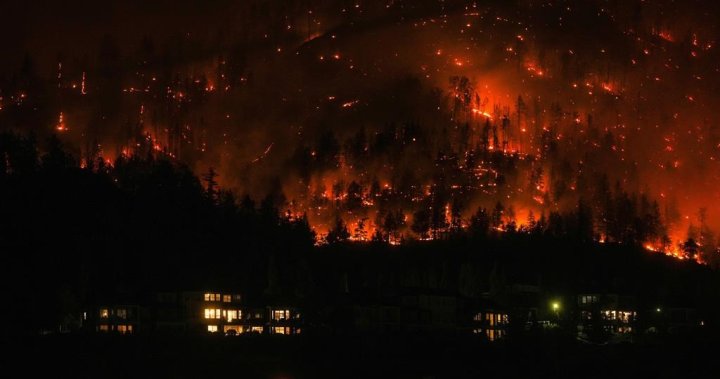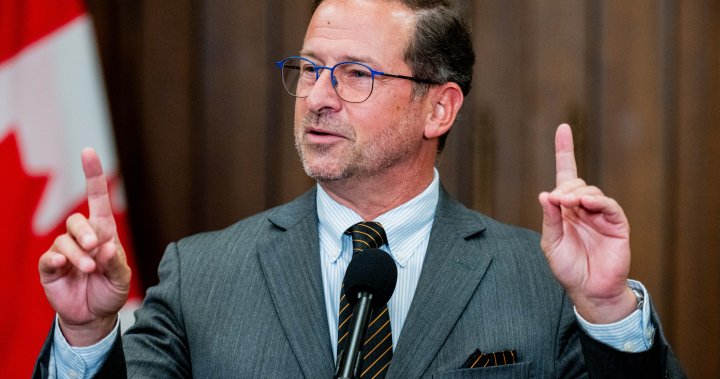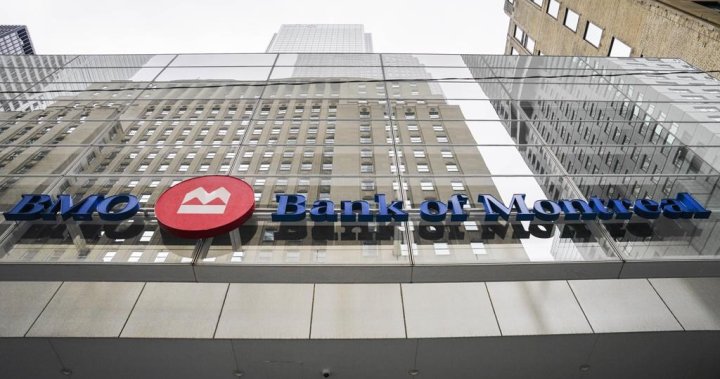A British Columbia wildfire expert is warning of another potentially difficult season, and calling for changes to help the province adapt in the long-term.
2023 marked the province’s most damaging wildfire season yet, and with the province mired in a multi-year drought, concern is mounting for the months ahead.
Lori Daniels, the Koerner Chair in Wildfire Coexistence at the University of British Columbia, said the province still has about 90 fires burning from last year, and that crews have already been deployed to douse eight new fires in 2024.

“It has been shocking to us to have new wildfires already ignited and BC Wildfire having to put them out in February,” she told Global News. “We still have those ‘zombie fires,’ those holdover fires in the peatlands and boreal forests of the northeast where they had so many fires last summer.”
The B.C. government has already warned it believes the 2024 season will get off to an early start. As of March 1, data showed B.C.’s average provincial snowpack was just 66 per cent of normal based on the average from 1991 to 2020.
An El Niño climate pattern has also contributed to worrying warming trends for the year, following 2023 being measured as the warmest year globally on record.
The BC Wildfire Service’s latest outlook has forecast a “high potential” for an active spring wildfire season, once fuels and forests have cleared of snow, with recent snowfall expected to have a “minimal” impact on the coming season.
The longer-range forecast is difficult to predict, but the wildfire service said it will depend heavily on how much rain falls in the next several months.
“Let’s hope for lots of rain this spring to really saturate our forests and the landscape so we are less prone to fire,” Daniels said.

With wildfire becoming a more frequent and dangerous threat amid climate change, Daniels said British Columbians and their governments need to shift their thinking towards an “all of society” approach to adapt and live with fire.
“We have known for 20 years that wildfire is a growing problem in B.C., but it has really escalated since 2017 and we are seeing more and more communities, ecosystems, drinking water supplies and critical wildfire habitat all being impacted,” she said.
Breaking news from Canada and around the world
sent to your email, as it happens.
Much of the work, according to Daniels, involves getting ahead of fires by managing forests with controlled burns and clearing out potential fuels that allow fires to grow and spread.
Following the devastating 2023 season, the B.C. government struck an expert task force to make recommendations to better respond to the threat.

In the 2024 budget, the province funded $38 million to ensure year-round resourcing for the BC Wildfire Service, along with $60 million for the Forest Enhancement Society aimed at community and industry-focused fire risk reduction and fuel management.
Daniels said the funding is appreciated, but not nearly enough.
“We spent … almost a billion dollars last year on fire suppression, and in the last 20 years we have spent $6 billion on fire suppression, but we have spent less than $500 million over 20 years to do the proactive work to make our communities safer and the ecosystems more resilient,” she said. “We need to flip that on its head.”
B.C. Forests Minister Bruce Ralston was not available for an interview but in a statement said the province was moving ahead with task force recommendations including deploying more staff, equipment and technology.
The province is also treating a larger area of forest near communities to reduce wildfire risk and increasing its use of prescribed and cultural burning, he said.
“In collaboration with First Nations partners, we are supporting the continued revitalization of cultural and prescribed fire – both as an important Indigenous cultural practice, and as a tool for land stewardship and wildfire mitigation,” he said. “This year we have 61 planned cultural and prescribed burns, almost three times more than last year.”

At a more local scale, Daniels urged British Columbians to get proactive by making their properties FireSmart.
Daniels said that means keeping the risks that could help a wildfire spread to an urban property top of mind, and taking the time to remove them.
“It’s the kind of thing you can do over the long weekend,” she said. “On a nice sunny day get up on your roof and make sure there is no burnable material collected in your gutters over the winter, take a look around your yard and make sure that under-decks or adjacent to your home haven’t got old leaves that have piled up and are dry and flammable.”
Other approaches include including more fire-resistant plants in one’s garden, and landscaping properties to keep flammable plants away from houses.
© 2024 Global News, a division of Corus Entertainment Inc.





